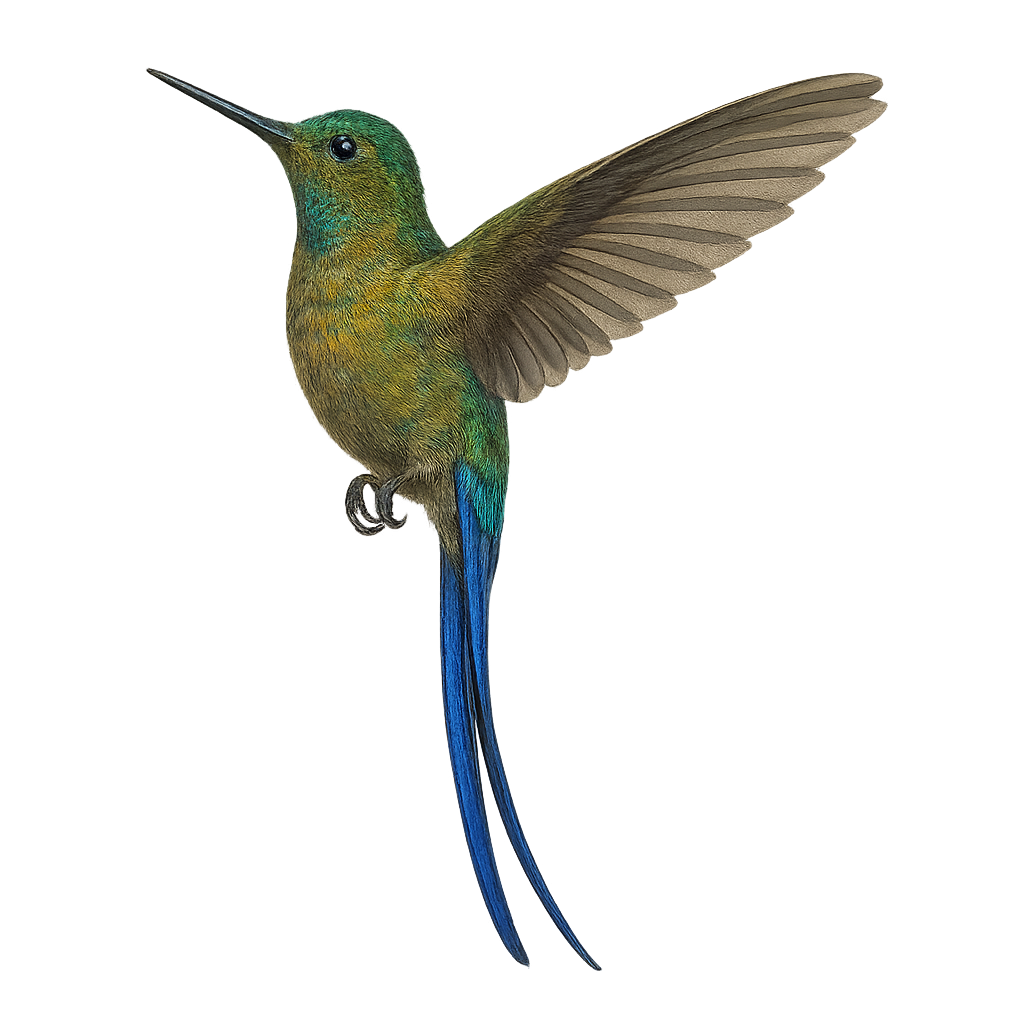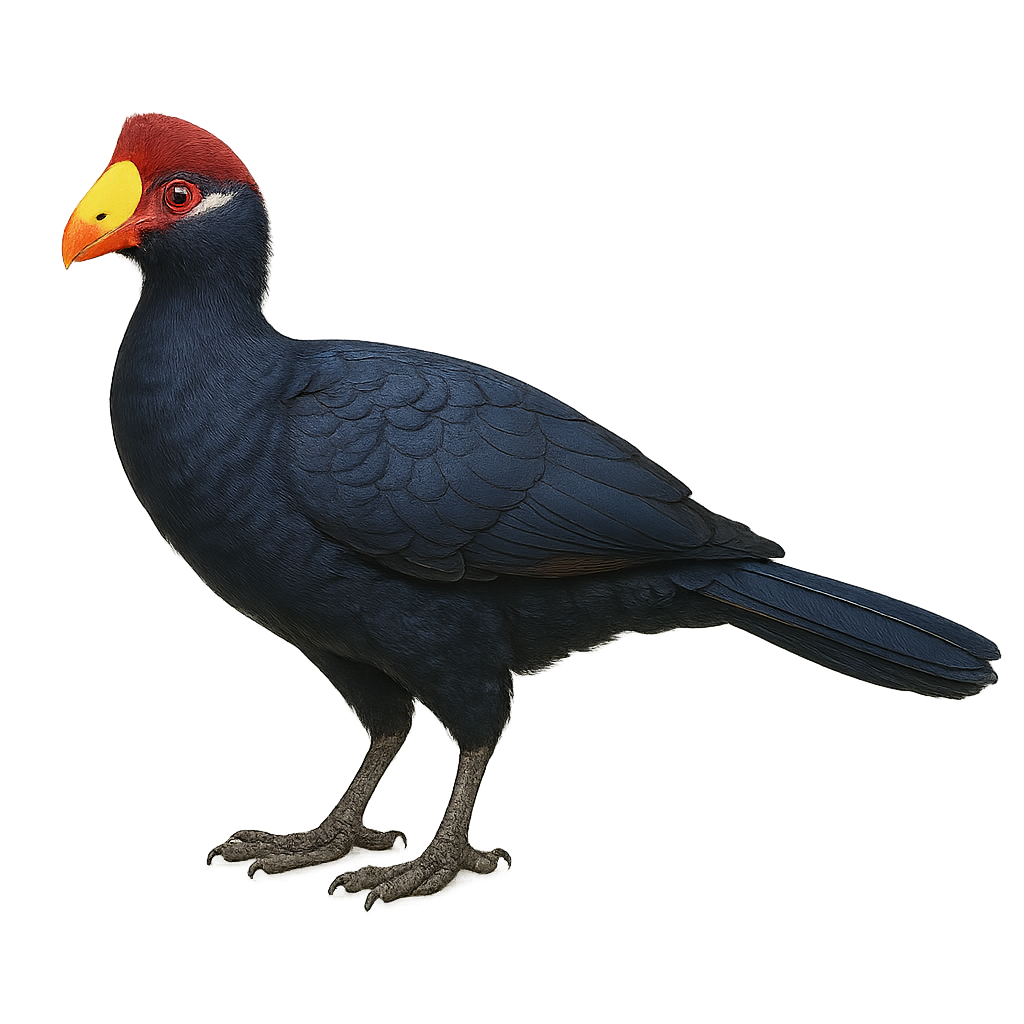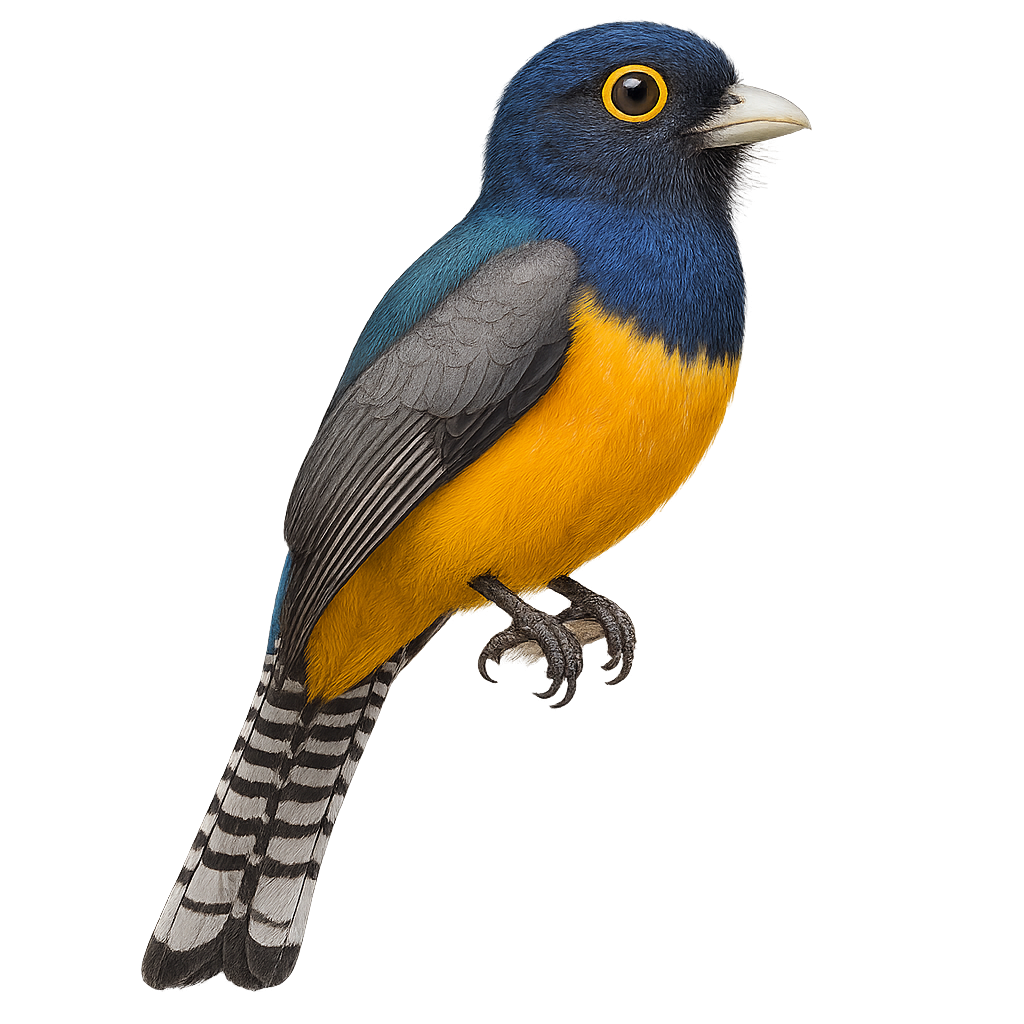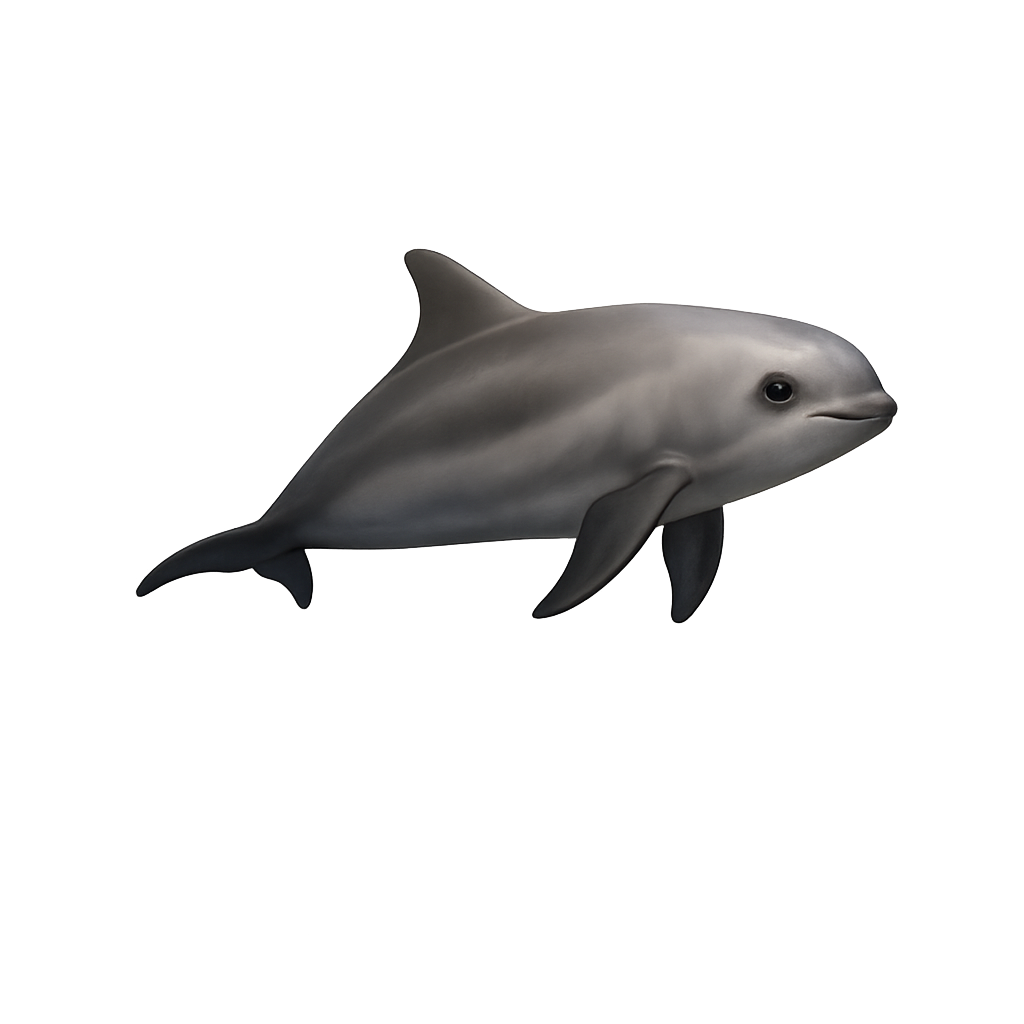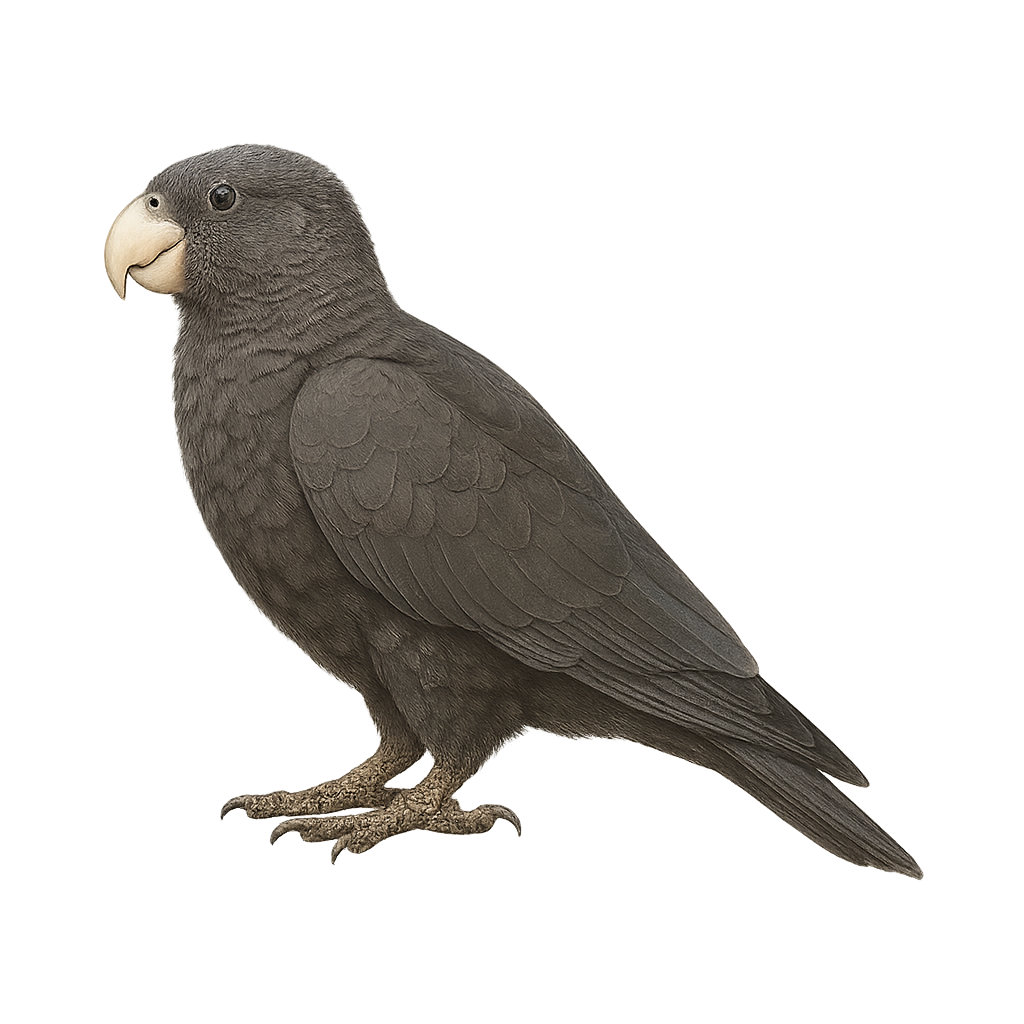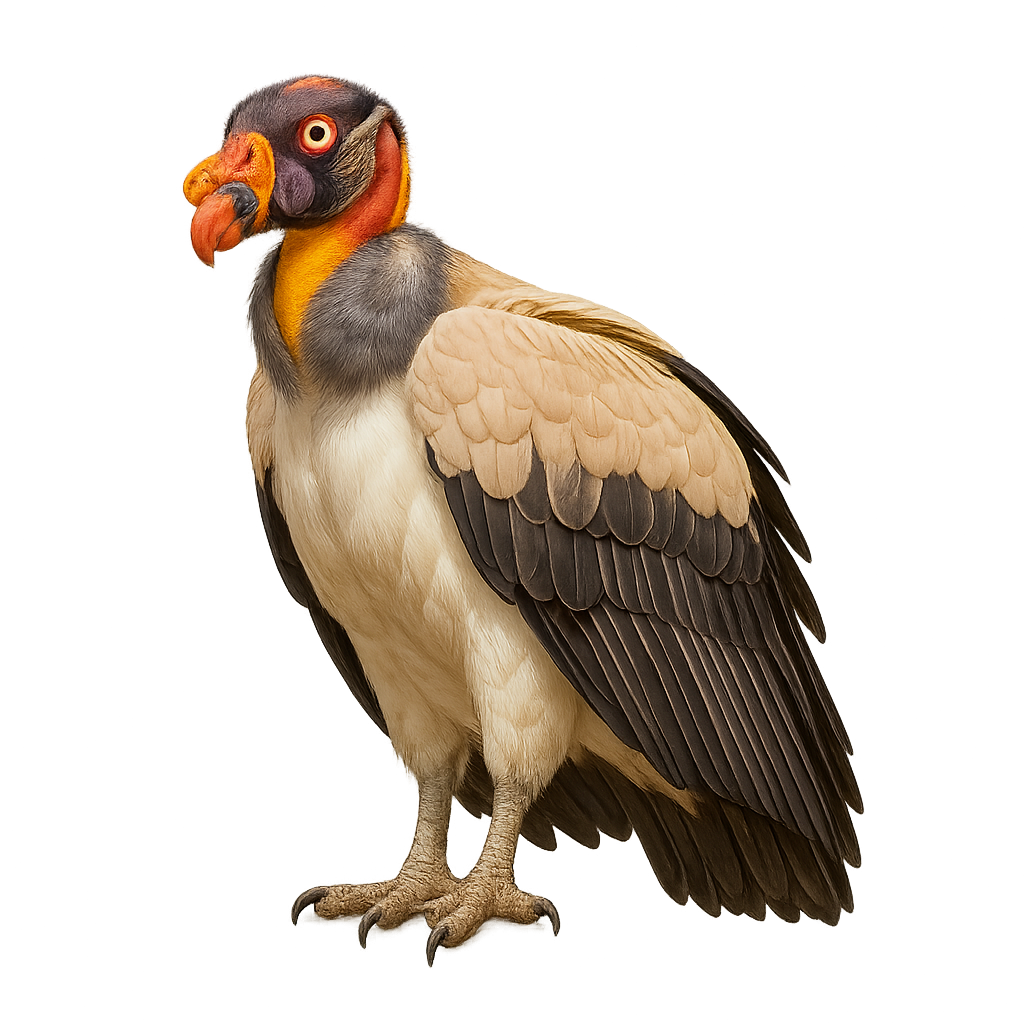Your wildlife tracking tool..
Browse 2,846species by country, track observations, and plan your photo outings.
Your global reference for wildlife photography
WildlifePhotographer gives you access to over 2,846 wildlife species sheets to help you identify, understand, and photograph wildlife around the world. Mammals, birds, reptiles… each sheet provides key information: habitat, activity, life cycle, signs of presence, and tailored photo tips.
Our database grows every week with new iconic species. To go further, access maps, reminders, logs, and personalized statistics in the app — designed to meet the real needs of wildlife photographers in the field.
Violet-tailed Sylph
Aglaiocercus coelestis
The Violet-tailed Sylph, Aglaiocercus coelestis, is a captivating hummingbird found in the humid forests of western Ecuador and Colombia. This small bird boasts a dazzling plumage with shades of emerald green and metallic blue, and a long, elegant tail that gives it a graceful appearance. Males are distinguished by their longer tails and more vibrant colors compared to females. They primarily feed on nectar but also consume small insects to supplement their diet. Their rapid and agile flight allows them to move easily between flowers, playing a crucial role in pollination.
Violet Turaco
Tauraco violaceus
The Violet Turaco, or Tauraco violaceus, is a fascinating bird known for its striking plumage and captivating social behaviors. Native to the dense forests of West Africa, this bird features predominantly violet plumage with shades of green and red on its wings, making it easily recognizable. It measures about 45 cm in length and has a distinctive crest. The Violet Turaco is an arboreal bird, moving nimbly through the canopy in search of fruits, its primary food source. It is also known for its distinctive vocalizations, often described as raucous calls. Although generally tolerant of human presence, it prefers habitats where vegetation is dense, providing protection from predators.
Violaceous Trogon
Trogon violaceus
The Violaceous Trogon is a medium-sized bird, measuring about 23 to 25 cm in length. It is distinguished by its striking plumage, with a metallic green back and bright yellow belly. Its head is adorned with a violet hue, giving it its name. This bird primarily inhabits the humid tropical forests of Central and South America, where it feeds on fruits and insects. It is often observed perched silently in the canopy, moving agilely between branches. The Violaceous Trogon is a discreet bird, but its melodious and repetitive song often betrays its presence. Although it is relatively tolerant of human presence, it prefers dense wooded areas where it can easily hide.
Vaquita porpoise
Phocoena sinus
The vaquita is a small porpoise (1.3–1.5 m, 40–60 kg) endemic to the Upper Gulf of California, with pale grey-blue skin and rounded head. Critically endangered, it uses echolocation to hunt fish and shrimp in turbid, shallow waters (<30 m). Fewer than 10 remain due to bycatch in gillnets and illegal fishing.
Vasa Parrot
Coracopsis vasa
The Coracopsis vasa, commonly known as the Vasa Parrot, is a parrot endemic to Madagascar. It is notable for its blackish plumage, which turns brownish during the breeding season. This medium-sized parrot, measuring about 50 cm, has a strong beak and a relatively long tail. Its call is harsh and distinctive, often heard in the dry and humid forests of the island. The Vasa is a social bird, frequently observed in noisy groups. It primarily feeds on seeds, fruits, and flowers. Its ability to adapt to various habitats, from forests to savannas, makes it a resilient species. However, deforestation and capture for the pet trade threaten its population.
Vulture papa
Sarcoramphus papa
The King vulture is a large raptor from the Cathartidae family, recognizable by its bare red head and dark plumage. This vulture, which inhabits mainly the forests and savannas of Central and South America, primarily feeds on carrion, which it finds thanks to its excellent sense of sight and smell. It plays an essential ecological role in cleaning ecosystems. Despite its imposing size, it is often seen flying alone or in small groups. While protected, it is threatened by habitat loss and poisons used in certain hunting practices.
Vicuna
Vicugna vicugna
The Vicuna is a wild camelid native to the high plateaus of the Andes in South America. This small animal with silky, lightweight fur is closely related to the llama and alpaca, but unlike these, the vicuna is a wild animal. It lives in the mountainous regions of Argentina, Chile, Bolivia, and Peru, at high altitudes, often above 3,000 meters. The vicuna primarily feeds on herbaceous vegetation, especially alpine grasses. Its wool, soft and fine, is highly sought after, but it is protected by strict regulations. It is a timid animal, living in small groups and often moving over great distances in search of food.


